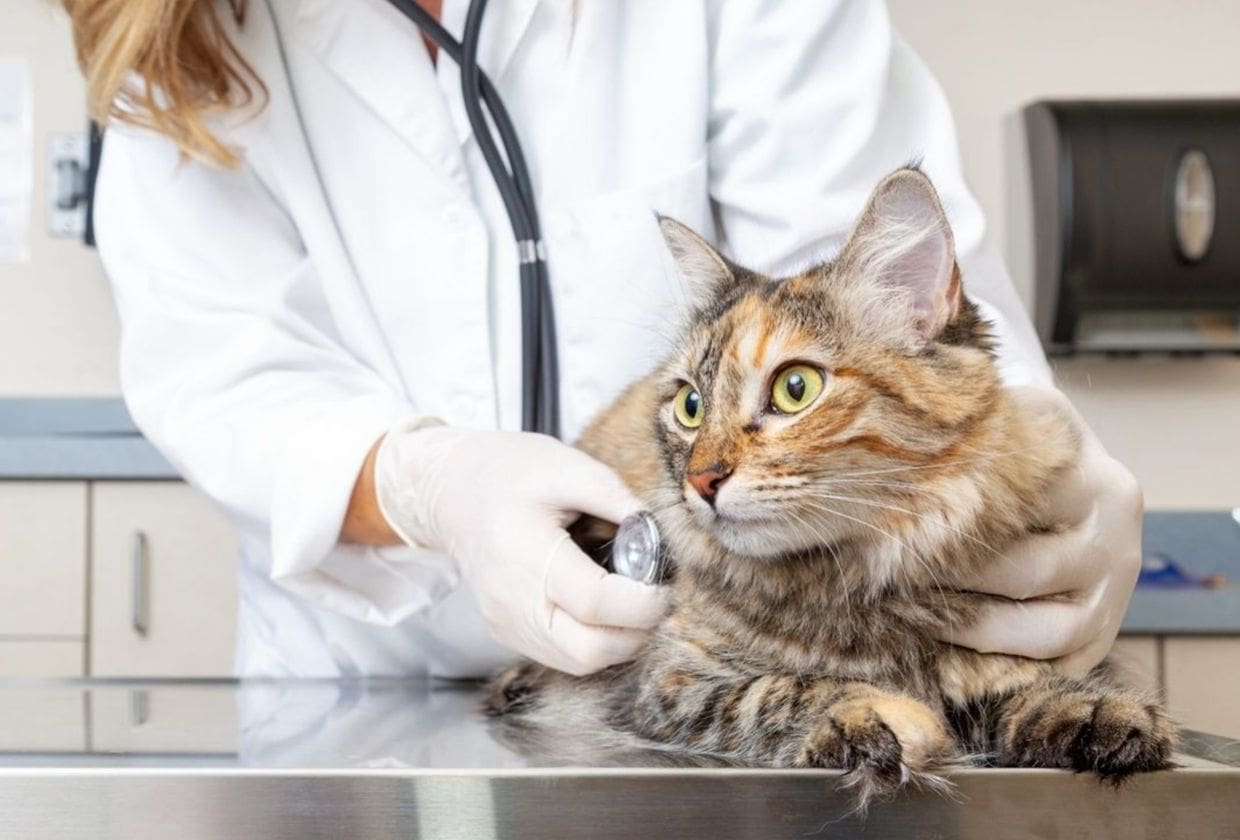Like health insurance for people, pet insurance policies often come with a deductible, designed to help manage the costs associated with medical care. In both cases, the deductible is the total monies a policyholder must pay out-of-pocket before the insurance provider begins to cover part of the expenses.
Recently, we explored some critical differences between the types of pet insurance commonly available. Now, let’s look at how their deductibles work.
How are pet insurance deductibles different?
One key difference is that pet insurance deductibles are often much lower than human health insurance deductibles. This is because veterinary care costs are generally lower than medical care for individuals. As a result, pet insurance deductibles can be just a few hundred dollars or less, while human health insurance deductibles can be in the thousands of dollars.
You might come across several types of deductibles when shopping for a pet insurance policy. The one that’s right for you will depend on several factors, including what kind of pet you own, the pet’s breed (and their health history), your budget and spending tolerance, and the level of coverage desired.
3 Types of pet insurance deductibles and when to pay
- Annual deductible: This is when you, as the pet owner, need to satisfy a pre-determined amount each year.
- When to pay: Suppose your annual deductible is $200, and your first vet bill of the year is $350. After you pay the vet in full and file a claim, your insurance company will note that your $200 deductible for the year has been met. The insurance company will then pay a percentage of all eligible veterinary expenses minus your annual deductible.
- Per-incident deductible: This is when you’re responsible for paying a deductible each time your pet needs medical treatment, rather than a single amount each year.
- When to pay: As above, you’ll pay your vet directly for services rendered. Then you can file a claim for reimbursement of eligible veterinary expenses. Your insurance provider will subtract the deductible from the amount and then reimburse you a percentage of eligible veterinary expenses. The per-incident deductible, however, resets for every instance. Every injury, illness, or vet visit is treated like a new claim with a new deductible.
- Combination deductible: Some insurance policies also have a hybrid deductible in which, before the insurance coverage kicks in, you must satisfy the annual deductible, as well as a separate amount for each medical incident.
- When to pay: Once the annual deductible is paid, each vet visit still requires a per-incident deductible to be met. Like in previous scenarios, you file the claim directly after paying the vet. The insurance provider takes the deductible into account when processing your claim.
Keep in mind that pet insurance deductibles are often applied differently depending on the type of veterinary care needed. For instance, some policies may have different deductibles for routine visits (such as vaccinations and check-ups) and more serious medical conditions (such as cancer or surgery).
Pro tip: If your pet has multiple medical issues and may need to be seen by a vet often, a per-incident deductible plan could be more expensive overall.
What is a good deductible for pet insurance?
When deciding between pet insurance policies, you’ll need to select which deductible is right for you. That decision can significantly impact the cost of your policy, so it’s essential to consider your options carefully.
Remember this simple rule:
- The lower the deductible, the higher the monthly premium. You’ll spend less out-of-pocket in the event of an emergency but have a recurring monthly cost you can anticipate.
- The higher your deductible, the lower the monthly premium. That’s because you’re taking on more financial risk for your pet’s healthcare costs, but you can’t plan for an emergency.
Key considerations when choosing a pet insurance deductible
Many pet insurance companies will let you select a deductible, and your choice will hinge on your unique circumstances. Here are a few things to consider:
Discretionary income:
- If you have limited cash on hand and would have trouble paying out-of-pocket if there is an unexpected medical emergency, a lower deductible might be the better option.
- If handling an unforeseen charge isn’t an issue, opt for the higher deductible to keep premiums low.
Your pet’s health:
- A lower deductible might be worth the extra cost in premiums if your pet has a chronic condition or is prone to sickness or injury.
- If you don’t foresee many vet visits, a higher deductible might be a good choice because you’ll pay less in premiums over the long term.
Amount of coverage needed:
- A lower deductible might be best for more comprehensive coverage that includes regular care and minor medical issues.
- A higher deductible is a good option if you’re comfortable paying for routine care out of pocket and only want coverage for emergencies.
If you’re wondering if there is pet insurance with no deductible, the answer is yes. Some pet insurance policies promote a $0 deductible; however, since the policy provider would be taking on substantially more financial risk for your pet’s healthcare, expect the monthly premiums to be exceptionally high.
We can help
Ultimately, the choice between a higher or lower deductible is a personal one. It’s a good idea to compare quotes from different pet insurance providers and look at all available deductible options to see how they impact the cost of your premiums.
At The Baldwin Group, we can help you bundle pet insurance with your home insurance policy, making it easier to protect both your home and your pet while maximizing savings. Our team will compare coverage and rates to find the best fit for you. Let’s get started.






